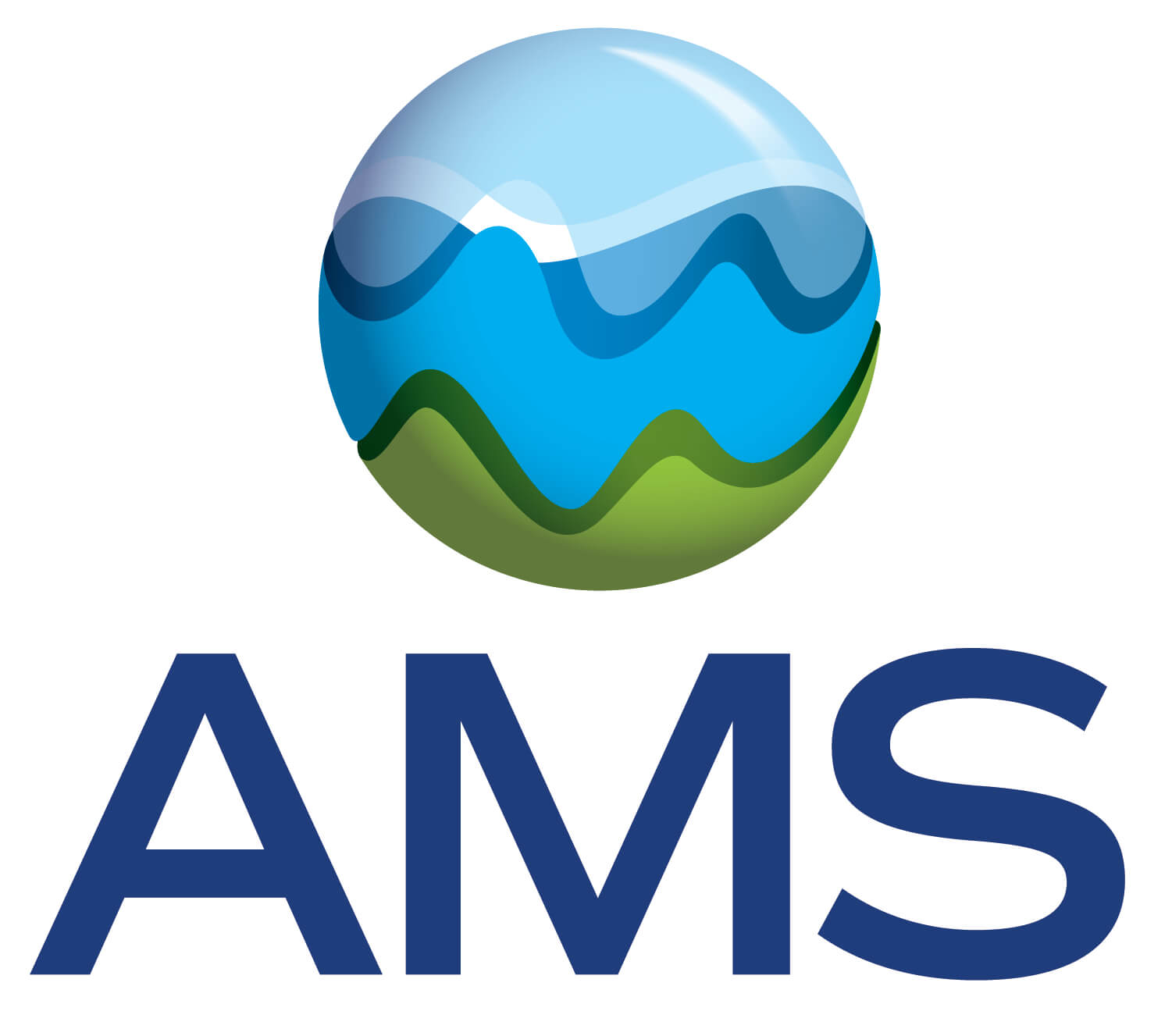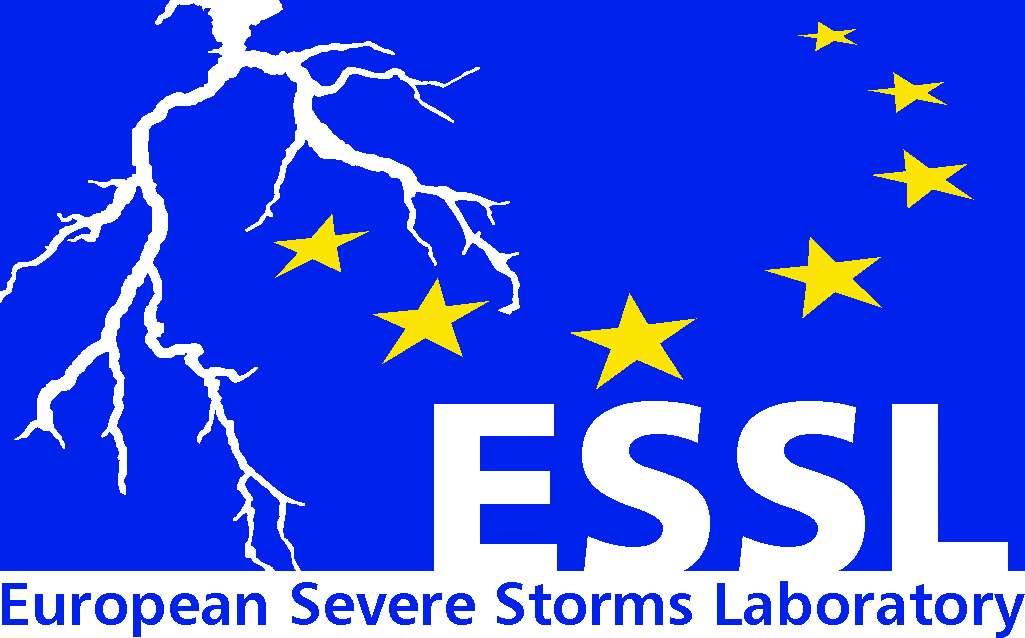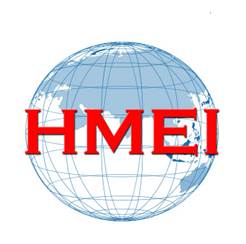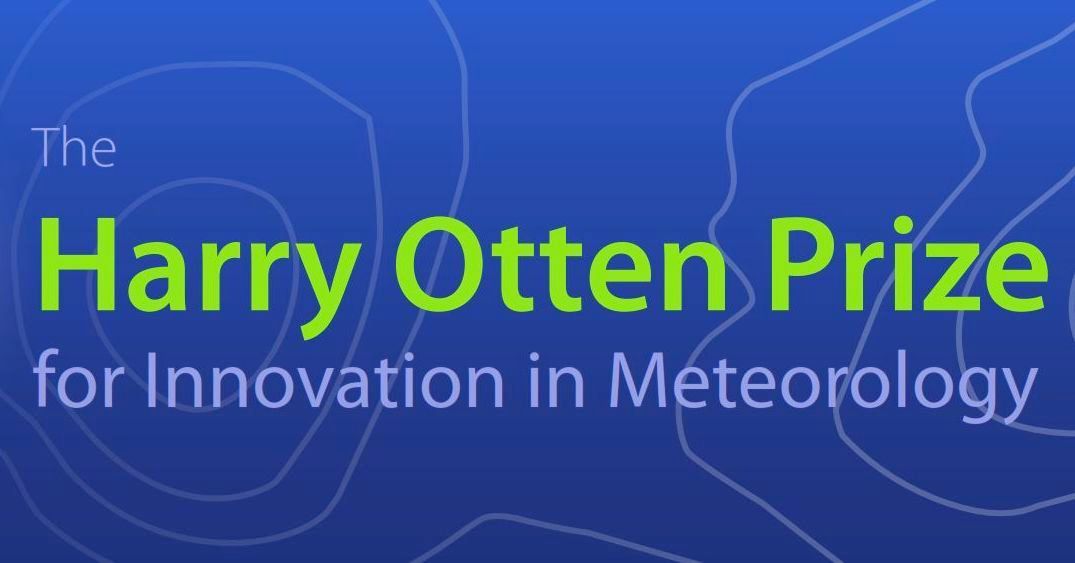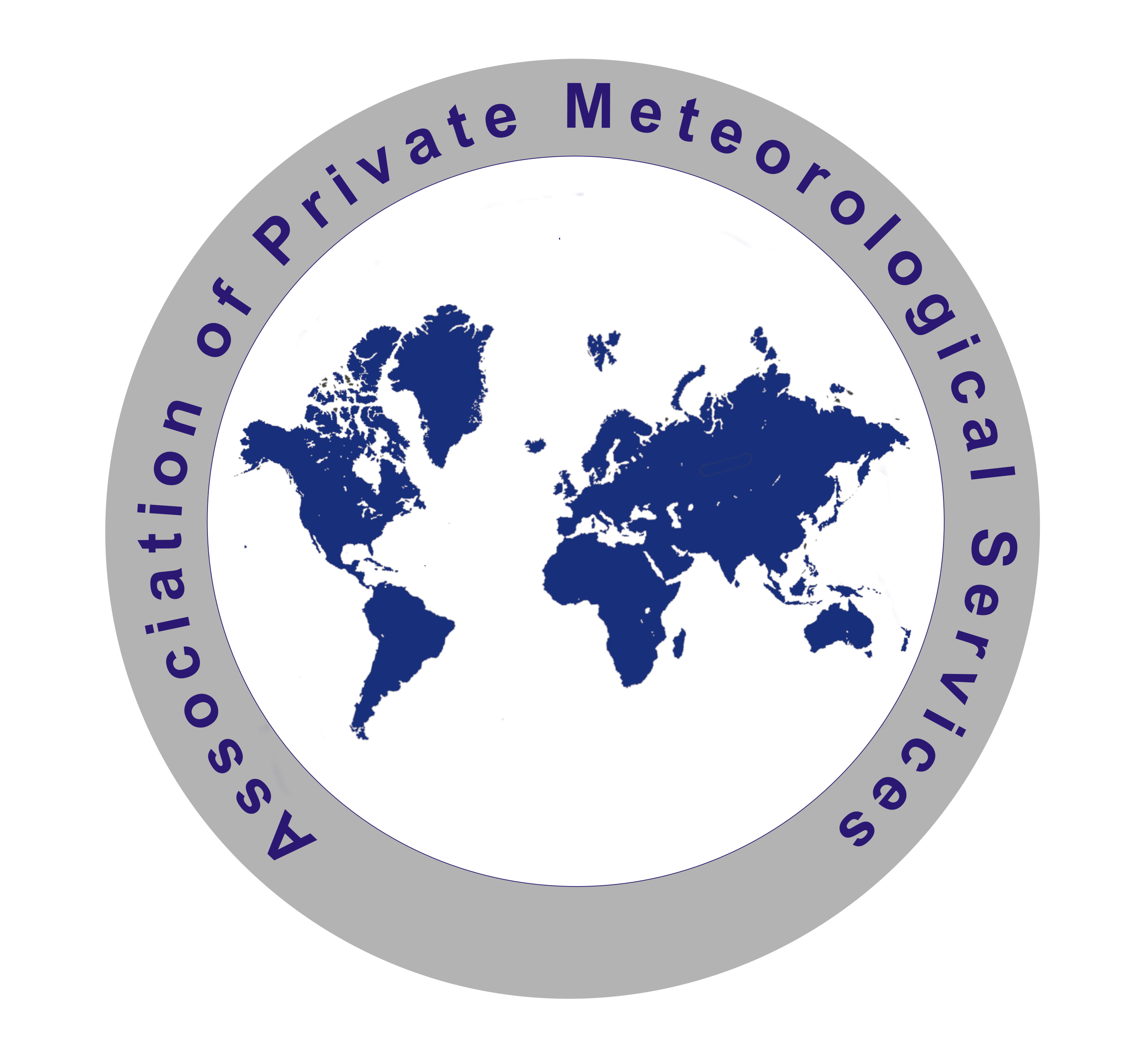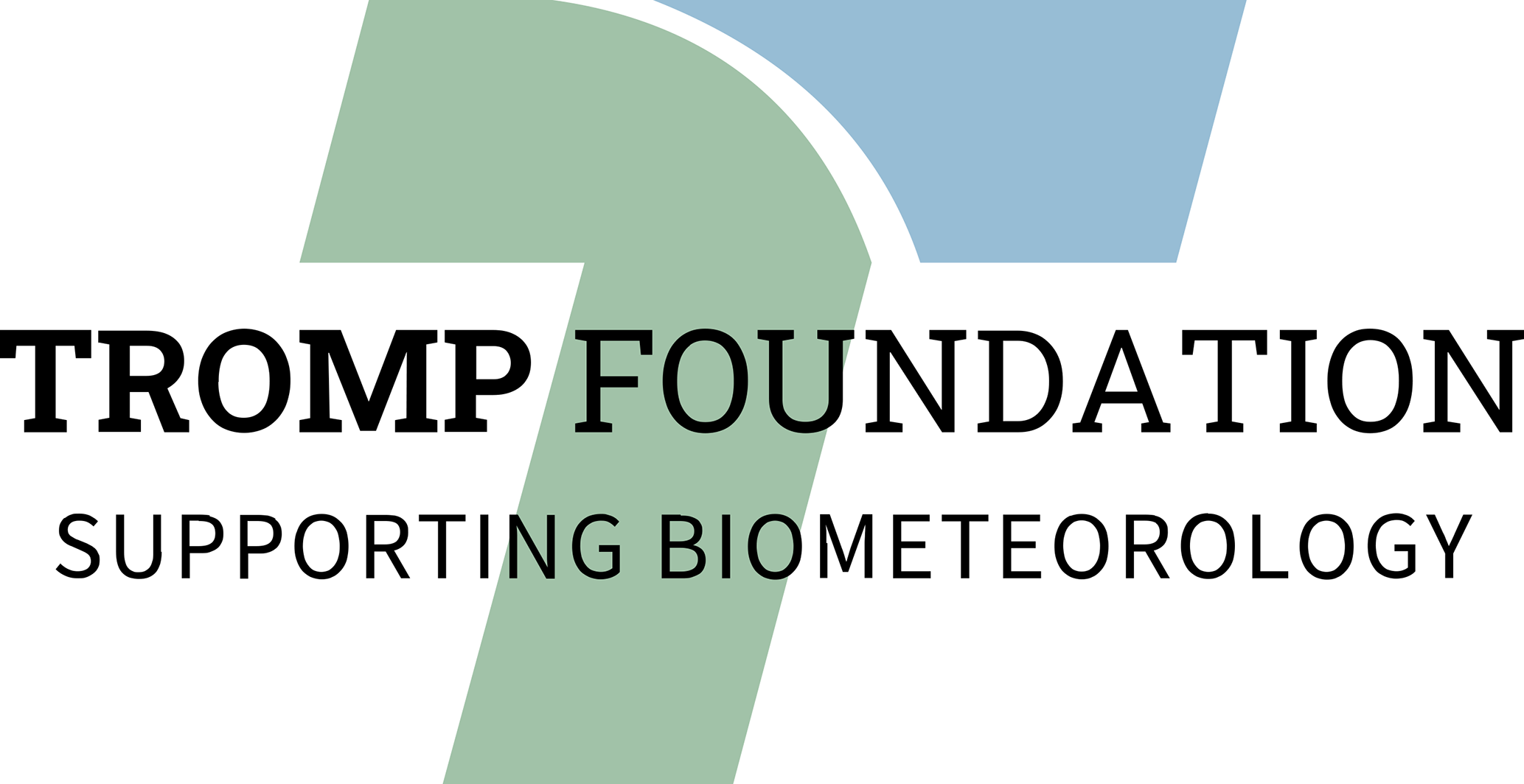Reduced Data PV Forecasting Challenges: An Austrian Casestudy
- Geosphere Austria, Analysis and Model Development, Wien, Austria (petrina.papazek@zamg.ac.at)
Solar power/PV installations pose challenges to traditional and AI forecasting technologies. Major difficulties in forecasting PV – particularly aiming to simulate production peaks in high spatial and temporal resolution – include being presented with poorly resolved or accumulated data (e.g.: grid-level data only, no exact location referenced), missing specifications within installations, rapidly changing environments or installation setup, and a high diversity among sites that feed into the power grid. Non-shareable, not continuously recorded or fragmented data-sets can be another obstacle, leading to reduced data-sets. Particularly, AI powered forecasts rely on sufficient, consistent historic data and may fail or underperform under these circumstances. To still provide reliable PV location forecasts tailored approaches are needed. Within this study, we work on tailored machine learning based solutions addressing challenged reduced data locations. We evaluate the effect of impaired data on AI based approaches to investigate the benefit of a data driven approach within an Austrian case study. We follow a multi-step machine learning approach, including the generation of semi-synthetic data, data transformation, and feature selection by exploiting a set of spatial and temporal strongly associated inputs from non-reduced auxiliary data. Data sources used are for instance, satellite data products (e.g.: CAMS by Copernicus) and reanalysis fields (e.g.: ERA-5 reanalysis by ECMWF), PV production records, and high-resolution numerical models (e.g.: AROME). We show the added value of combining different data sources within a post-processing model. Further considered inputs are, for instance, climatology of satellite data and reanalysis, pvlib’s estimation, AROME surface parameter simulations, and inhouse nowcasting models (e.g.: IrradPhyD-Net). This way, we are able to address PV forecasts of trafo level only data and challenged locations.
How to cite: Papazek, P., Gfäller, P., and Schicker, I.: Reduced Data PV Forecasting Challenges: An Austrian Casestudy , EMS Annual Meeting 2024, Barcelona, Spain, 1–6 Sep 2024, EMS2024-588, https://doi.org/10.5194/ems2024-588, 2024.

